Standin’ on a corner in Enid, Oklahoma:
First of all, Enid is about 50,000 people. Look at that tall building. A lot of small and mid-sized American cities used to build tall buildings.
Enid, like many cities out west, has this late-traditional urbanism that accommodates cars a lot, but retains a genuinely urban pattern. I wonder if we had just kept building this way, how different things would be today.
But that building on the corner is what we’re looking at specifically.
It looks like a 1970s building of the sort that often replaced old-fashioned buildings in these old urban centers. But take a look around the back!
The brick peeking out on the first floor is the original brick, because the concrete wrap wasn’t extended all the way down:
In the front, you can see the original brickwork was painted a similar color to the concrete wrap, but it’s also still visible:
So a little two-story old-fashioned brick building was wrapped in the 20th century, for whatever reason. Lots of buildings in small towns and urban neighborhoods got external facelifts around the 1970s. Here’s another one just down the block here in Enid:
Is that definitely a reskin and not a new-build modernist building?
Yep:
But, back, again, to the building we’re focusing on today.
It is not, in fact, a two story building. It is this building:
Yes: the top three floors were removed in 1959, and it was not until a little later—probably the early 1970s—that the concrete wrap was added.
Here’s a blog post with an incredible series of historic images, showing the streetscape and the building over the decades. Here’s a before-and-after.
I’m not entirely sure why this happened, but it’s a thing that happened fairly often in the mid-to-late 20th century, as old-fashioned urbanism pretty definitively went out of style. If you read online comments on threads about this building in particular, you’ll hear that either the top floors were badly deteriorated, or that a change in the fire code required wood-frame buildings to be shortened.
It’s probably true that the upper floors were not in good shape, and comments also suggest they were pretty much empty by midcentury. These buildings went up fast, and while they might have been sturdier than today’s cheap buildings—the lumber may have been better quality—they were not built to last.
In the scheme of things, this is not so different from a strip mall, and it was probably expected that the cheapest structures would be replaced over time.
That didn’t happen, either because the shift to suburbia ended the incremental development of cities, or because the wealth or expected wealth didn’t materialize.
The use of a particular structure type doesn’t automatically make a place better or worse, and so while I find it interesting to try to fit these transitional places into “urban” or “not urban” categories, I don’t mean that as a value judgment.
And a building is pretty much just a building, most of the time, and the cost of fixing a deteriorating wood structure at the low point of American urbanism was a real obstacle to preserving or renovating this stuff at the time these choices were made.
So I’m not saying what happened to this building in a small Oklahoma city was a crime against good taste in architecture, or whatever. It’s just a bit of trivia—but one that tells a story about how land use evolved in the United States from the late 1800s to the early postwar era. At least, though, we have the pictures.
Related Reading:
Thank you for reading! Please consider upgrading to a paid subscription to help support this newsletter. You’ll get a weekly subscribers-only piece, plus full access to the archive: over 1,200 pieces and growing. And you’ll help ensure more like this!




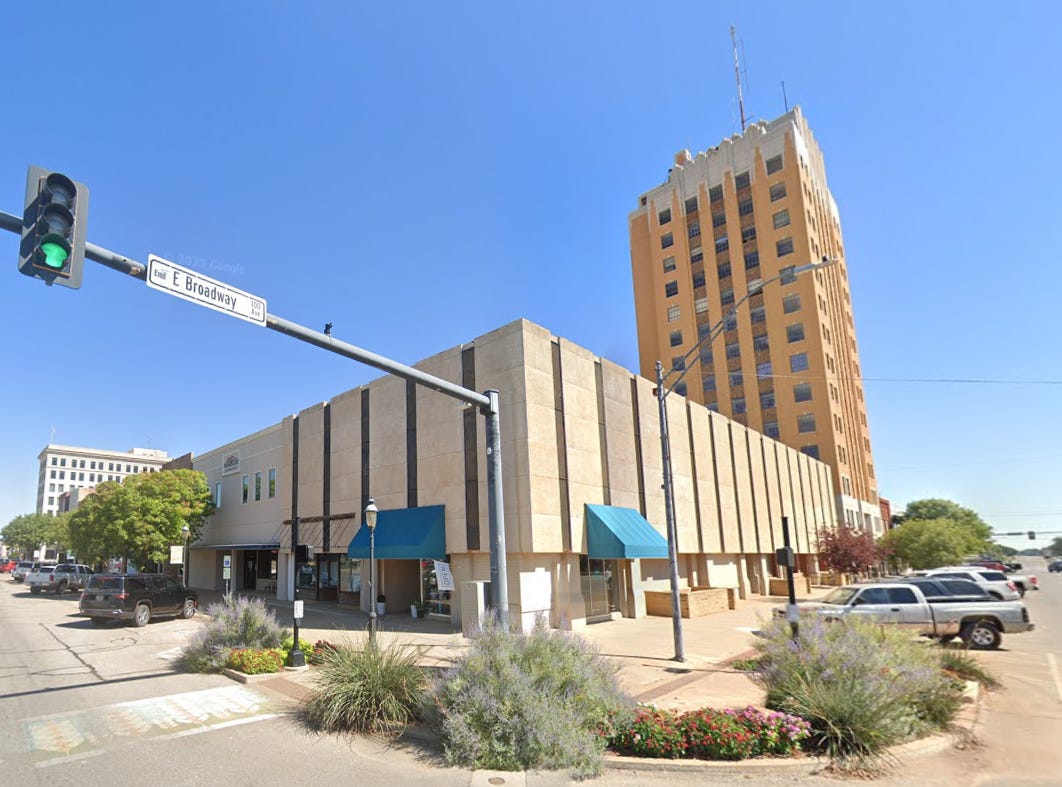
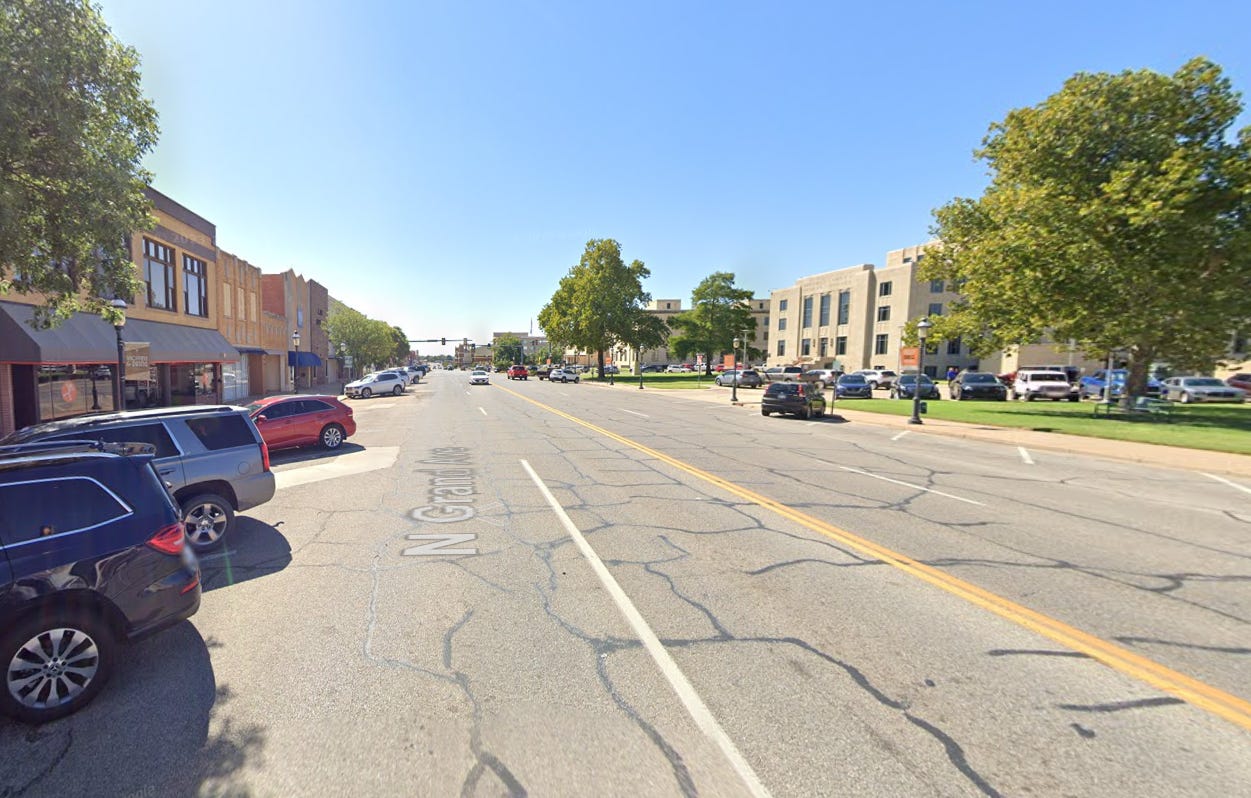
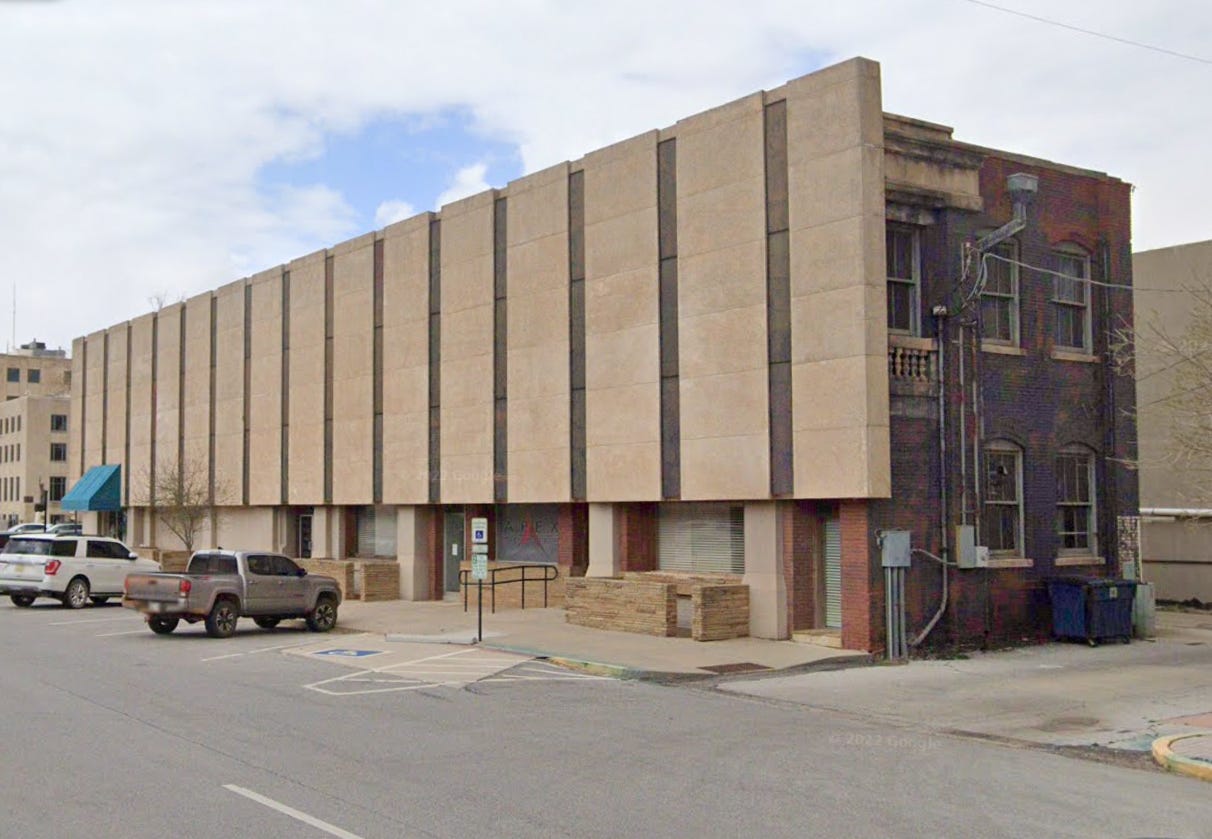

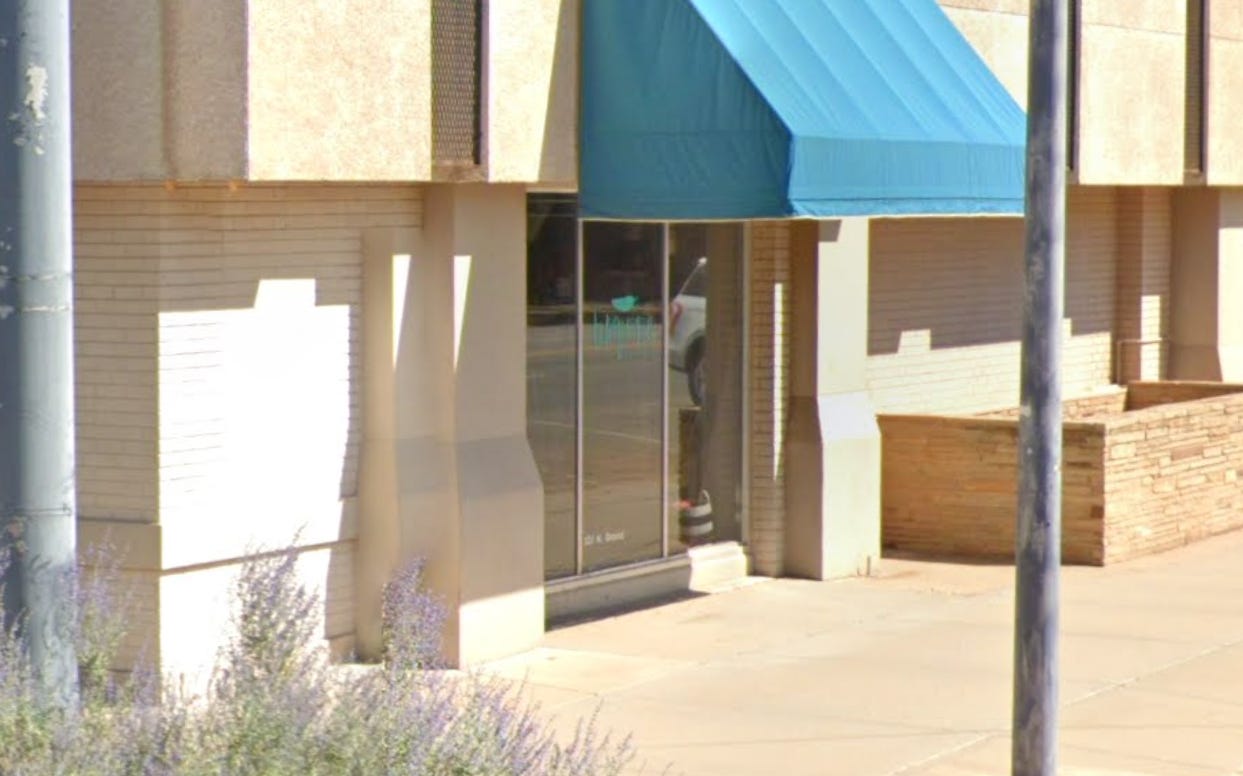
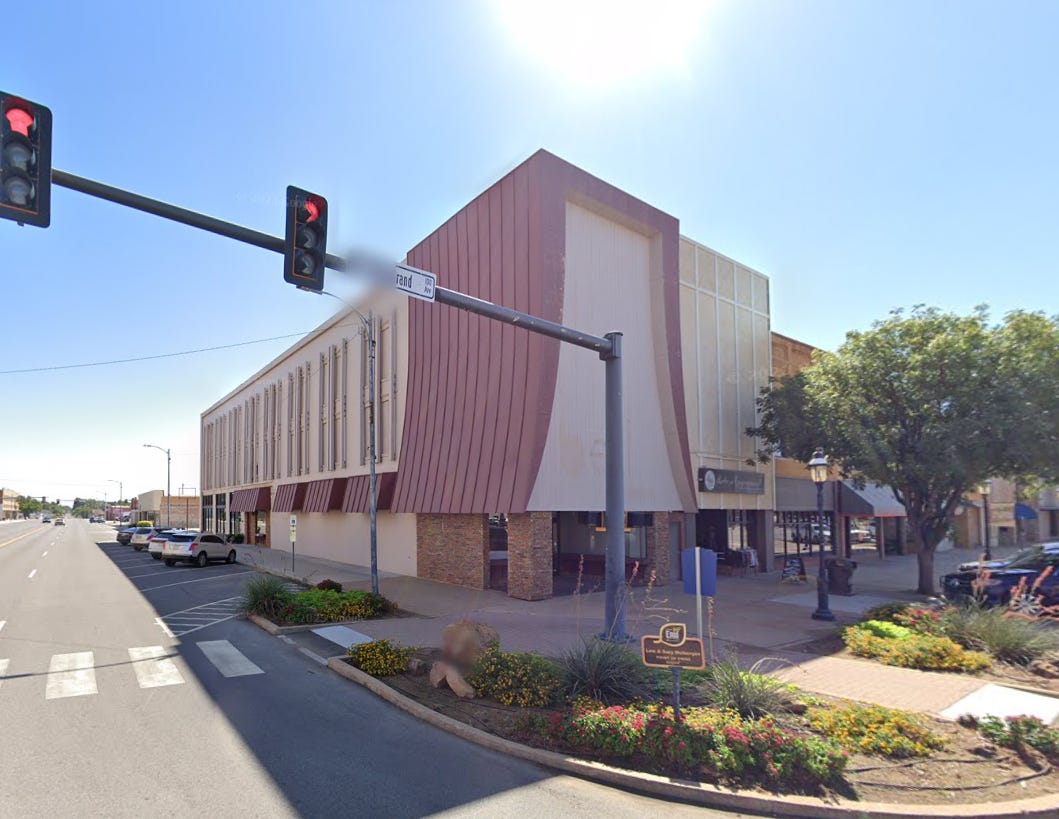
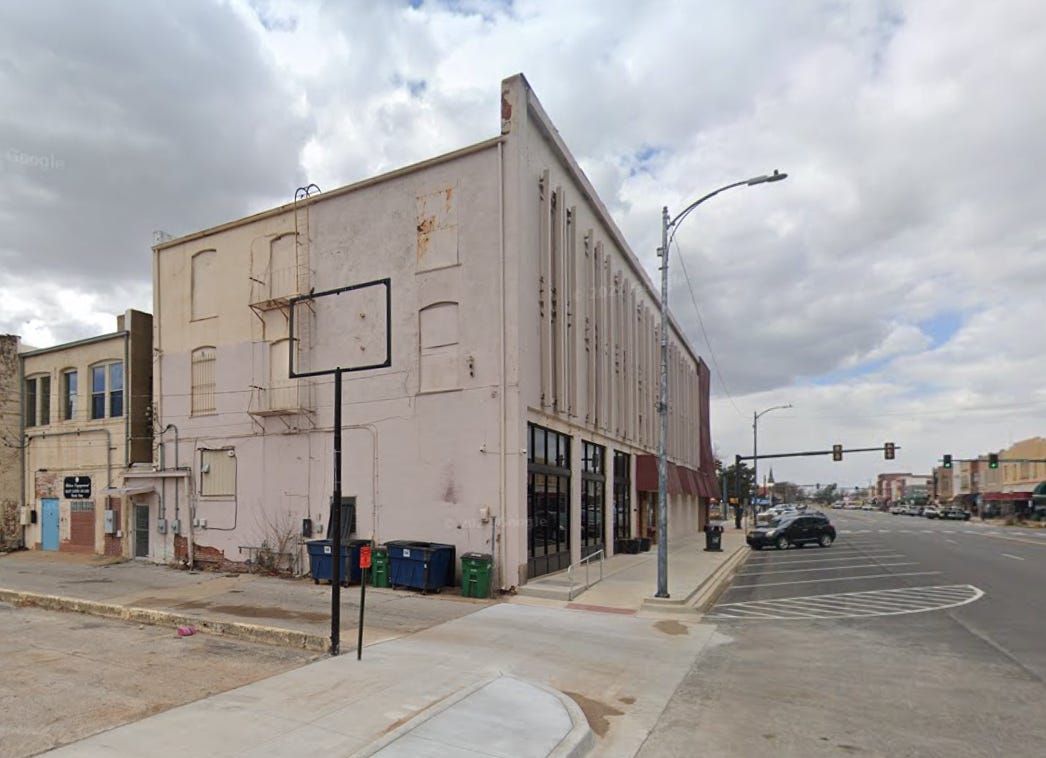
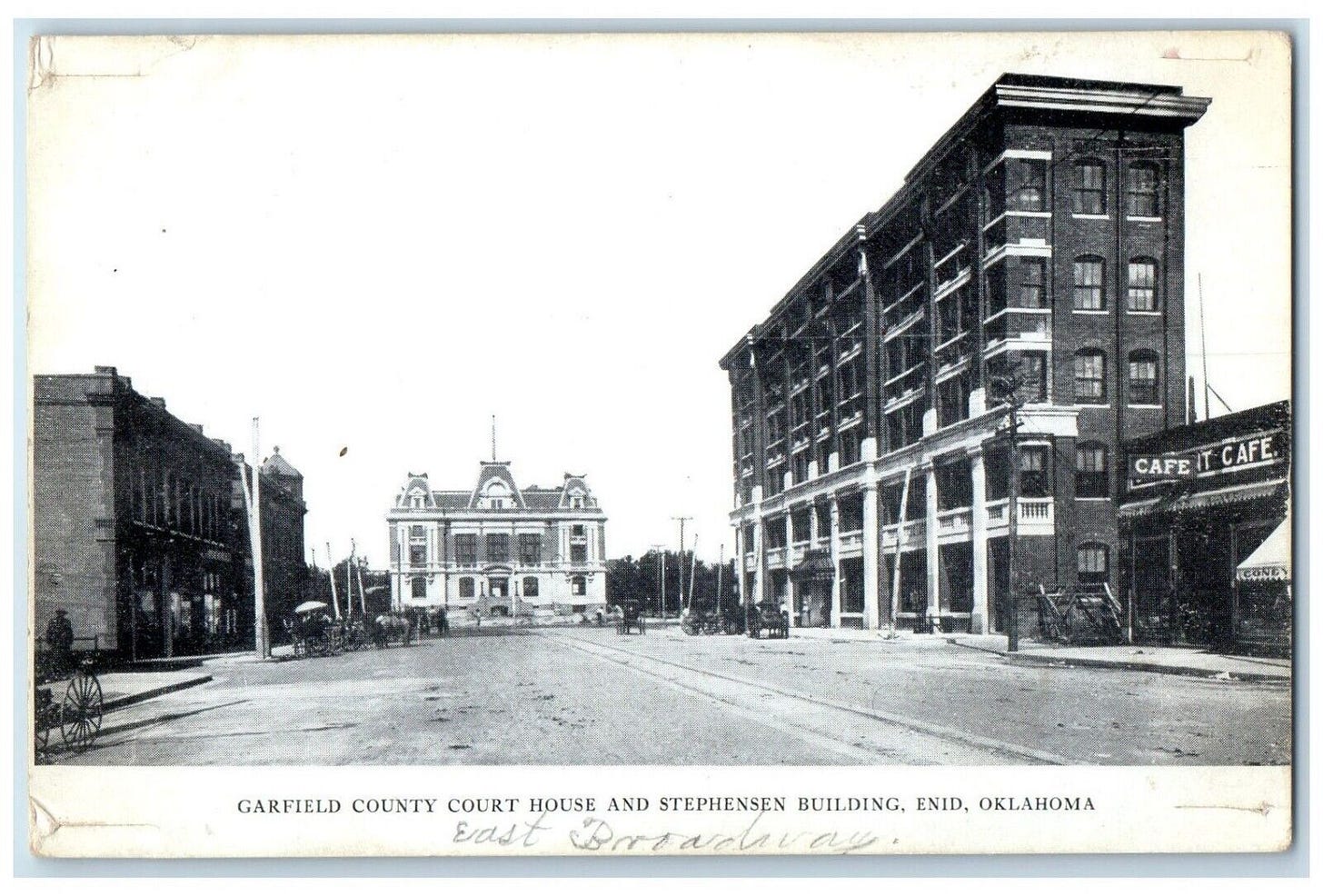
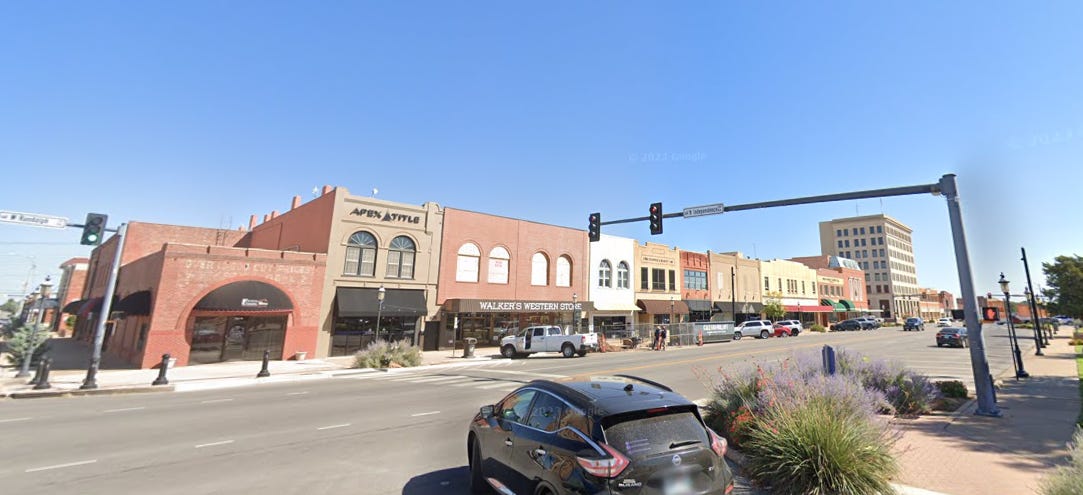
I would call it a crime against good taste, personally. The building version of https://www.reddit.com/r/Justfuckmyshitup/
Great slides from Enid. The same could easily be found throughout the middle of the country. My take on it, having been a Cub Scout out in the middle when a lot of what you're showing was happening, is that people in places whose "traditional" economy was obviously fading (that would be wheat, cattle, and oil in Enid) wanted to feel, for lack of a better word, "modern." Or maybe they just wanted to feel prosperous. So, the new facades went up. It had, and I am not trying to be cynical here, just accurate, something of the flavor of a cargo cult. Or to borrow from a later on movie about the middle, "If you build it, they will come."
Where people eventually came back, a lot of those 1960s facades have been removed and what was underneath restored.